26/01/2024 – 22/03/2024





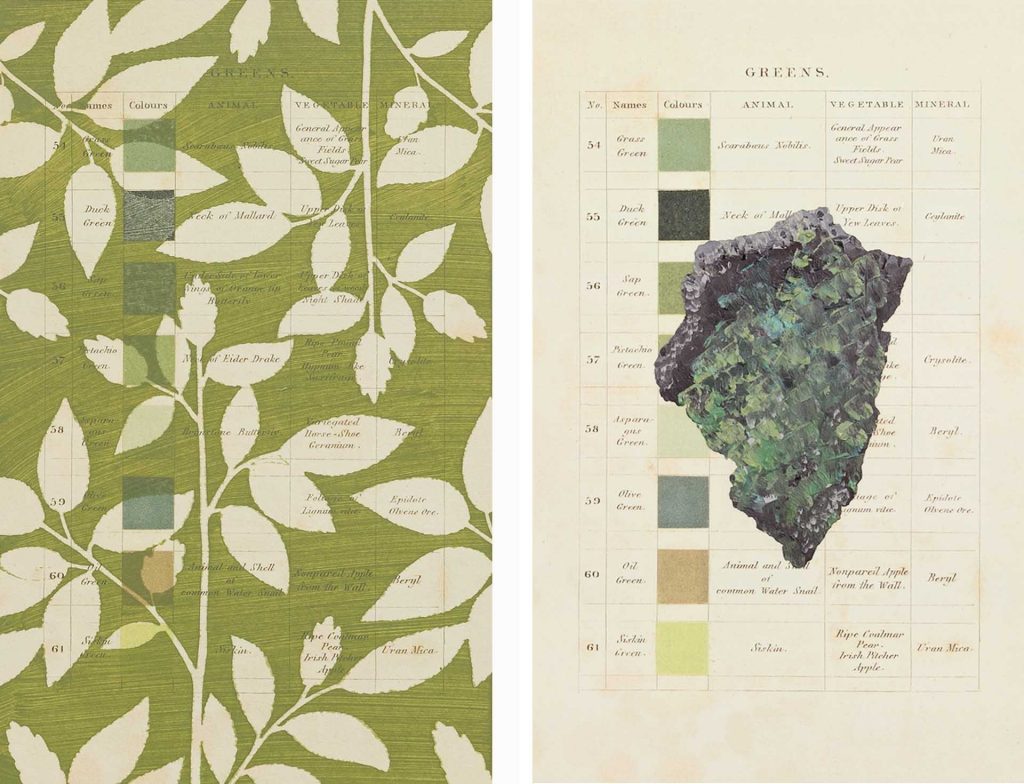





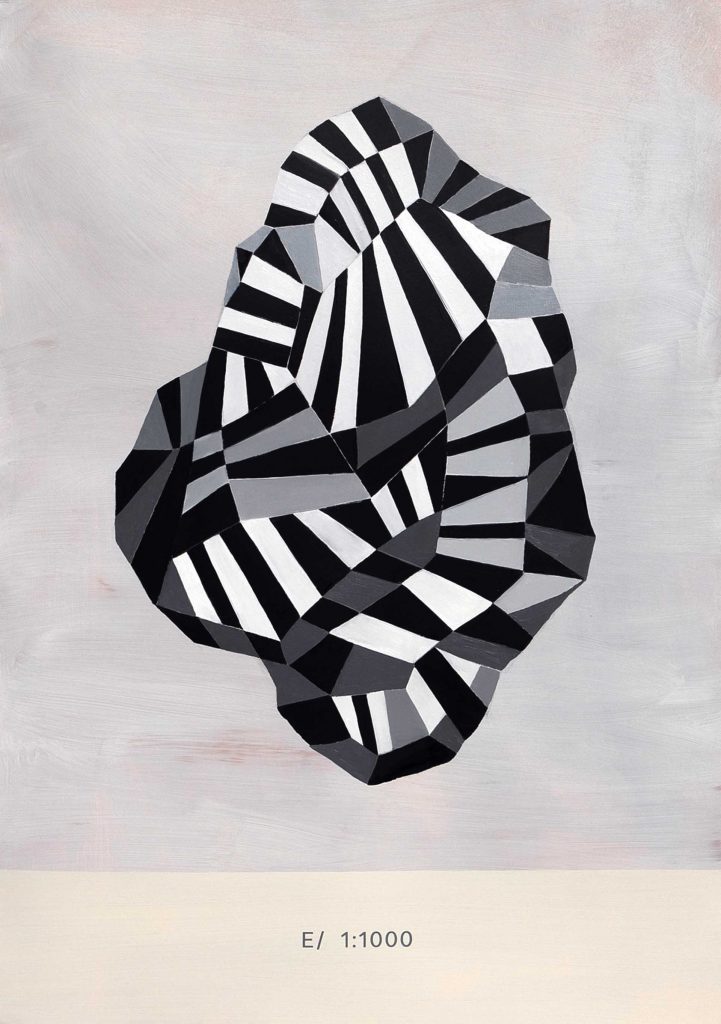


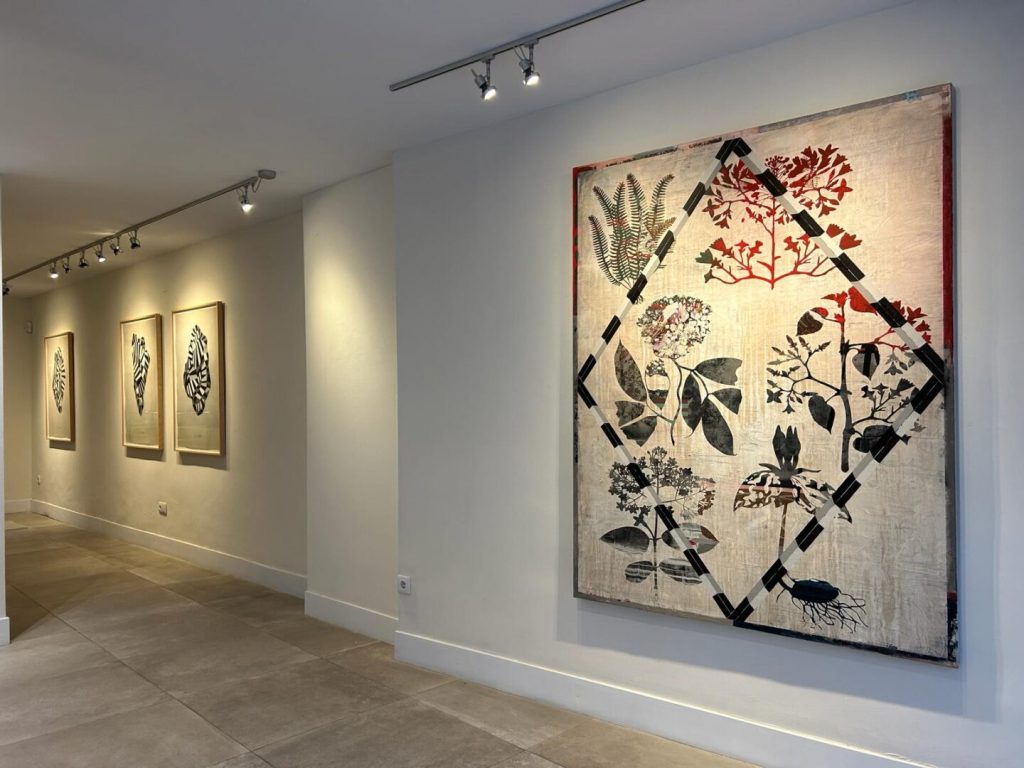

The project titled Scale One is a Thousand proposes a reflection on “how” we interpret what we see, questioning the coordinates from which we observe the world, about what has been and is, the place of enunciation to relate to natural environments.
But who establishes the narrative about the world and the experience of inhabiting it? Does being aware of the principle of contingency grant us a leading role? Does the viewpoint of the “one” represent a “whole”?
Our argumentative search for the development of the pictorial series reflects on the chromatic referential systems based on the natural world and its subjective representation, tracing four itineraries that explore the described drifts, immersing themselves in scientific methodology to propose answers to irresolvable dilemmas about our own nature.
Walter Benjamin was right with his “revelation” about the human impulse to collect, name, classify, and represent: collecting is a way of remembering through praxis, in this case, remembering that we are nature derived from scientific observation and personal perception.
However, “the other nature” lacks its own intelligible voice for our elaborated languages; the conclusions about studies and their representations reflect the vision of a group of people at a given moment, and in this context, we can and should strive to understand the underlying theories and circumstances that “contaminate” their representations.
Itinerary I
Werner’s color nomenclature
Itinerary II
Atlas of Natural History
Itinerary III
Emily Dickinson’s Herbarium
Itinerary IV
Rocks and minerals












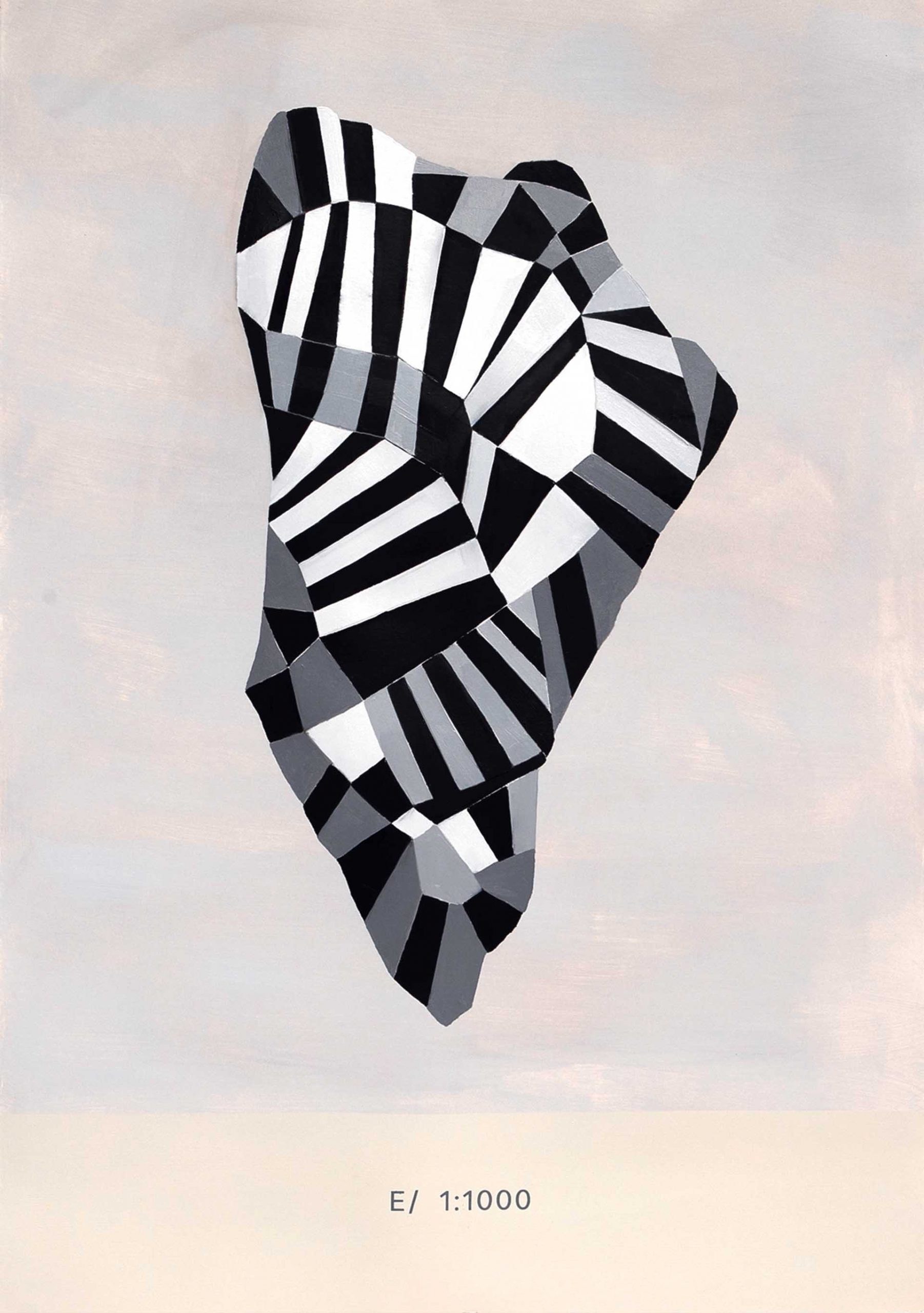

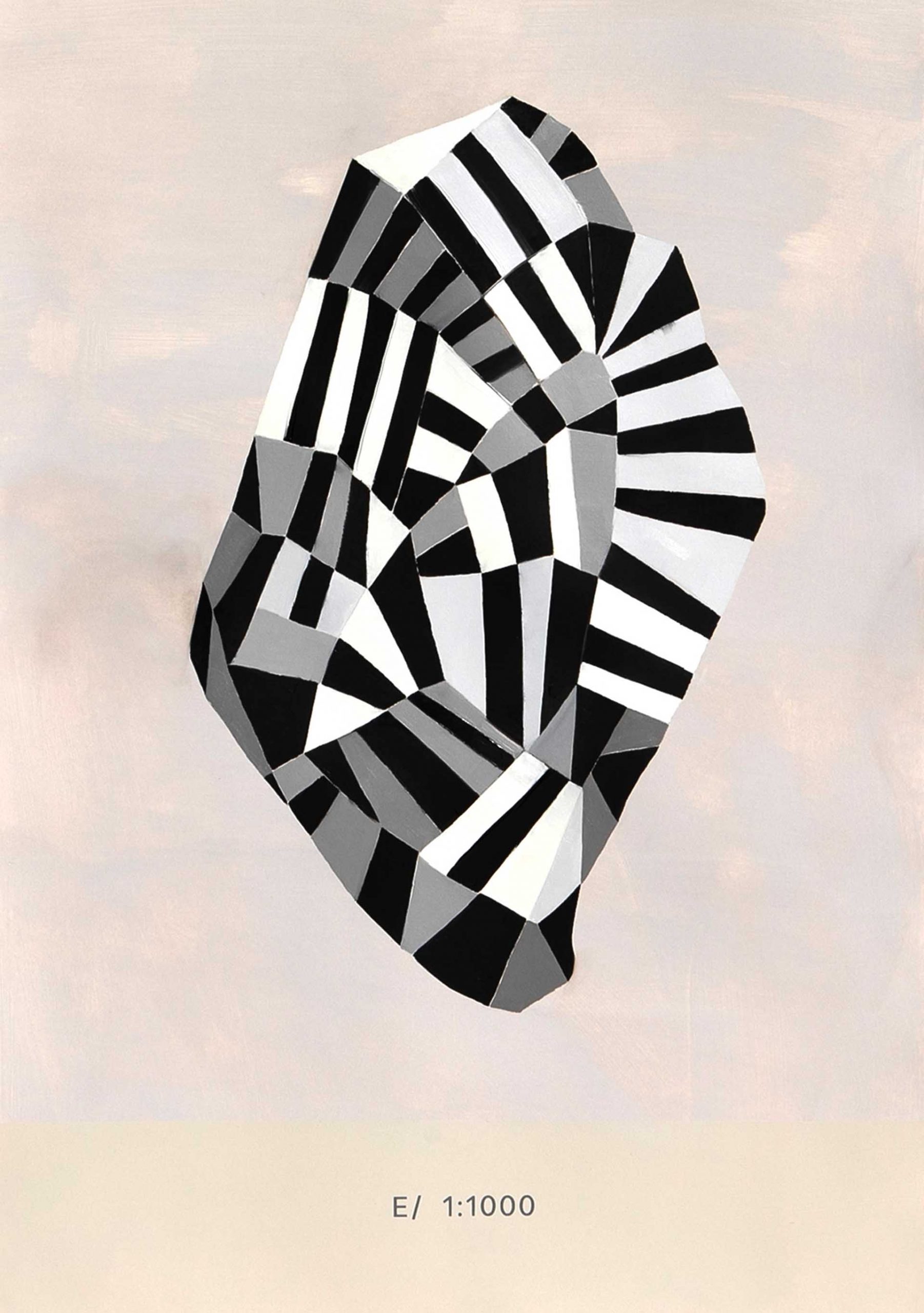
The project titled Scale One is a Thousand proposes a reflection on “how” we interpret what we see, questioning the coordinates from which we observe the world, about what has been and is, the place of enunciation to relate to natural environments.
But who establishes the narrative about the world and the experience of inhabiting it? Does being aware of the principle of contingency grant us a leading role? Does the viewpoint of the “one” represent a “whole”?
Our argumentative search for the development of the pictorial series reflects on the chromatic referential systems based on the natural world and its subjective representation, tracing four itineraries that explore the described drifts, immersing themselves in scientific methodology to propose answers to irresolvable dilemmas about our own nature.
Walter Benjamin was right with his “revelation” about the human impulse to collect, name, classify, and represent: collecting is a way of remembering through praxis, in this case, remembering that we are nature derived from scientific observation and personal perception.
However, “the other nature” lacks its own intelligible voice for our elaborated languages; the conclusions about studies and their representations reflect the vision of a group of people at a given moment, and in this context, we can and should strive to understand the underlying theories and circumstances that “contaminate” their representations.
Itinerary I
Werner’s color nomenclature
Itinerary II
Atlas of Natural History
Itinerary III
Emily Dickinson’s Herbarium
Itinerary IV
Rocks and minerals
26/01/2024 – 22/03/2024
